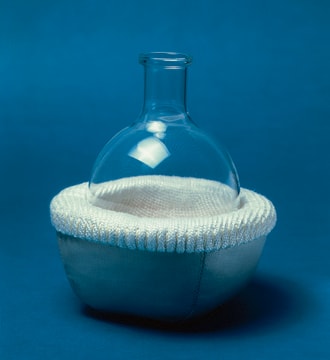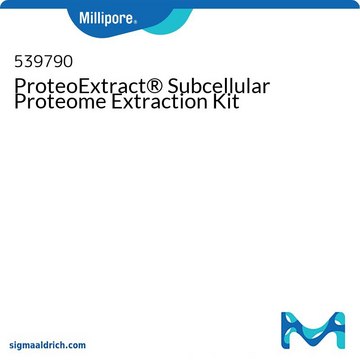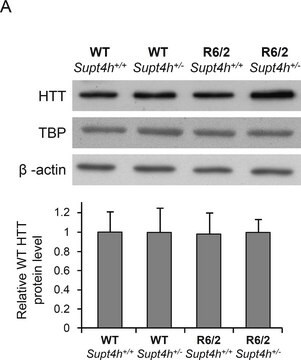MABN1788
Anti-FMR1polyG Antibody, clone 9FM-1B7
ascites fluid, clone 9FM-1B7, from mouse
Synonim(y):
FMR1polyG, FMRpolyG, FMR1 RANT, FMR1 repeat-associated non-ATG-initiated translation, FMR1 repeat-associated non-AUG-initiated translation, Fragile X mental retardation protein 1 gene RANT
About This Item
Polecane produkty
pochodzenie biologiczne
mouse
Poziom jakości
forma przeciwciała
ascites fluid
rodzaj przeciwciała
primary antibodies
klon
9FM-1B7, monoclonal
reaktywność gatunkowa
human
metody
immunohistochemistry: suitable
western blot: suitable
izotyp
IgG1κ
numer dostępu UniProt
Warunki transportu
dry ice
docelowa modyfikacja potranslacyjna
unmodified
informacje o genach
human ... FRAXA(2477) , FRAXA(108684022)
Opis ogólny
Specyficzność
Immunogen
Zastosowanie
Western Blotting Analysis: A representative lot detected an exogenously expressed FMR1polyG EGFP fusion construct corresponding to 5′UTR of FMR1 with 50 CGG repeats (Buijsen, R.A., et al. (2014). Acta Neuropathol. Commun. 2:162).
Neuroscience
Neurodegenerative Diseases
Jakość
Western Blotting Analysis: A 1:2,000 dilution of this antibody detected an exogenously expressed FMR1polyG GFP fusion construct in transfected COS cells.
Opis wartości docelowych
Postać fizyczna
Przechowywanie i stabilność
Handling Recommendations: Upon receipt and prior to removing the cap, centrifuge the vial and gently mix the solution. Aliquot into microcentrifuge tubes and store at -20°C. Avoid repeated freeze/thaw cycles, which may damage IgG and affect product performance.
Inne uwagi
Oświadczenie o zrzeczeniu się odpowiedzialności
Nie możesz znaleźć właściwego produktu?
Wypróbuj nasz Narzędzie selektora produktów.
polecane
Kod klasy składowania
12 - Non Combustible Liquids
Klasa zagrożenia wodnego (WGK)
WGK 1
Temperatura zapłonu (°F)
Not applicable
Temperatura zapłonu (°C)
Not applicable
Certyfikaty analizy (CoA)
Poszukaj Certyfikaty analizy (CoA), wpisując numer partii/serii produktów. Numery serii i partii można znaleźć na etykiecie produktu po słowach „seria” lub „partia”.
Masz już ten produkt?
Dokumenty związane z niedawno zakupionymi produktami zostały zamieszczone w Bibliotece dokumentów.
Nasz zespół naukowców ma doświadczenie we wszystkich obszarach badań, w tym w naukach przyrodniczych, materiałoznawstwie, syntezie chemicznej, chromatografii, analityce i wielu innych dziedzinach.
Skontaktuj się z zespołem ds. pomocy technicznej







